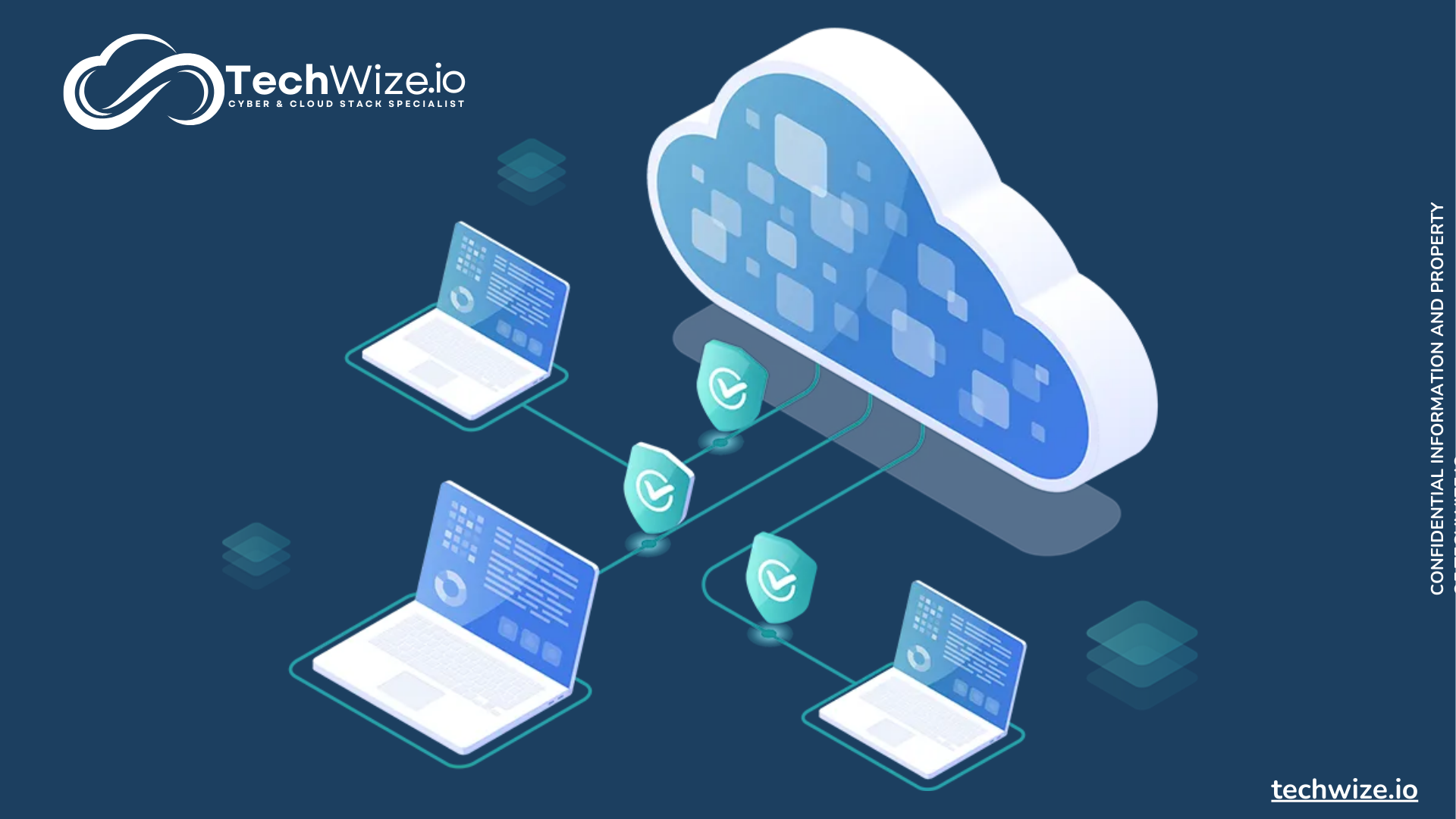Whether for developers, businesses or home users, Virtual Machines (VMs) are the new standard of excellence in IT management.
VMs make it possible to optimise the use of resources, improve security and simplify systems management. But what are VMs in practice, and why should they be the preferred method?
This article explains the concept, as well as the advantages and innovations it brings to the current technological landscape.
What is a Virtual Machine?
A virtual machine (VM) is a simulated computing environment created inside a physical computer. Unlike a traditional computer, which uses hardware directly, a VM functions as an autonomous computer inside another computer. It has its own operating system, applications and files, while sharing the host computer’s hardware resources.
Why use Virtual Machines?
Virtual machines (VMs) have become an essential tool in many sectors thanks to their many advantages.
Flexibility and portability
Virtual machines (VMs) offer remarkable flexibility and portability. One of the main strengths of VMs is their ability to be moved or copied from one computer to another without the need for major modifications. This greatly simplifies the transfer of configurations and working environments between different systems. For example, a developer can configure a VM on his desktop computer and, when he needs to work remotely, he can easily transfer this VM to his laptop. This flexibility means that work can continue uninterrupted, regardless of the device used.
This guarantees continuity of work, no matter where they are. For example, it is possible to access their specifically configured environment from any device connected to the cloud, without having to recreate configurations or reinstall the necessary software. This portability enhances productivity and enables rapid response to project needs, whether in the office, at home or on the move.
Environmental insulation
Isolating IT environments provides a secure space where users can carry out their various tasks with complete peace of mind.
In particular, virtual machines enable Secure Tests to be carried out with the greatest of ease. Thanks to their independent operation, each virtual machine provides a secure testing ground. Users can explore new software or configurations without fear of damaging the main system.
By providing a protected space, virtual machines offer the freedom to explore, test and innovate in complete security.
Optimising hardware resources
Optimising hardware resources is a key benefit of virtual machines. By consolidating multiple virtual machines onto a single physical server, this approach maximises the use of available resources, reducing the costs associated with the acquisition of new hardware and energy consumption. In addition, resources such as CPU, memory and storage can be dynamically allocated to virtual machines as needed, ensuring optimal performance for each application or service. In short, the optimisation of hardware resources offered by virtual machines enables more efficient use of available capacity, contributing to greater profitability and improved performance of IT systems.
Enhanced security
Enhanced security is a fundamental advantage of virtual machines. By isolating each virtual machine independently, they provide extra protection for sensitive data and critical applications. This isolation reduces the risk of contamination or cyber attacks between different virtual machines. In addition, virtual machines enable new configurations or applications to be tested without jeopardising the main system, providing a secure environment for exploration and innovation.
Simplified management
Simplified management is one of the great advantages of virtual machines. By centralising the deployment, monitoring and management of virtual machines, they considerably simplify IT operations.
With the ability to easily clone, deploy and configure virtual machines in just a few clicks, users benefit from fast and efficient implementation of new environments. In addition, hypervisor management tools provide a user-friendly interface for monitoring and managing all virtual machines from a central location, simplifying system maintenance and upgrades.
How do Virtual Machines work?
The Role of the Hypervisor
Virtual Machines (VMs) are made possible by an essential component: the hypervisor. This software plays a central role in enabling the creation and management of several VMs on a single physical system, by judiciously allocating hardware resources such as CPU, memory and storage to each virtual machine. There are two types of hypervisor, each adapted to specific needs:
Type 1 (bare-metal) :
These hypervisors are installed directly on the physical hardware. They are widely used in data centres for their performance and efficiency. Thanks to their direct access to hardware resources, Type 1 hypervisors offer optimal management of VMs, making them ideal for enterprise deployments.
Type 2 (hosted) :
Unlike Type 1, Type 2 hypervisors are hosted.
They run on an existing operating system. Often preferred in development environments and by home users, they are easy to use. Although they may not offer the same performance as their Type 1 counterparts, Type 2 hypervisors are perfectly suited to the needs of individual users and small teams.
The choice of hypervisor therefore depends on the specific requirements of each user or organisation. Type 2 hypervisors are often suitable for individual and development needs, while Type 1 hypervisors are preferred for enterprise environments and large-scale deployments.
Conclusion
Virtual machines represent a versatile and effective solution. Their ability to offer flexibility, isolation, resource optimisation and enhanced security solves a number of common problems, such as high hardware costs, security risks and the complexity of managing systems within an organisation.

